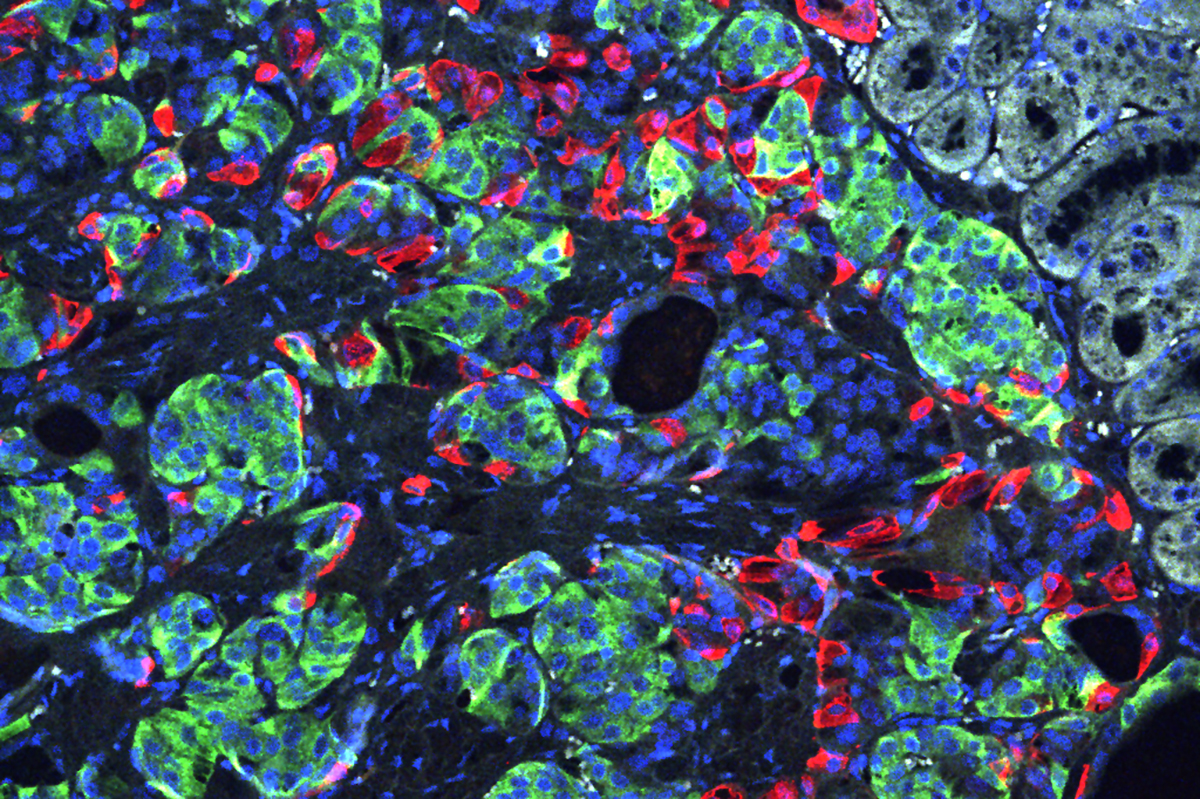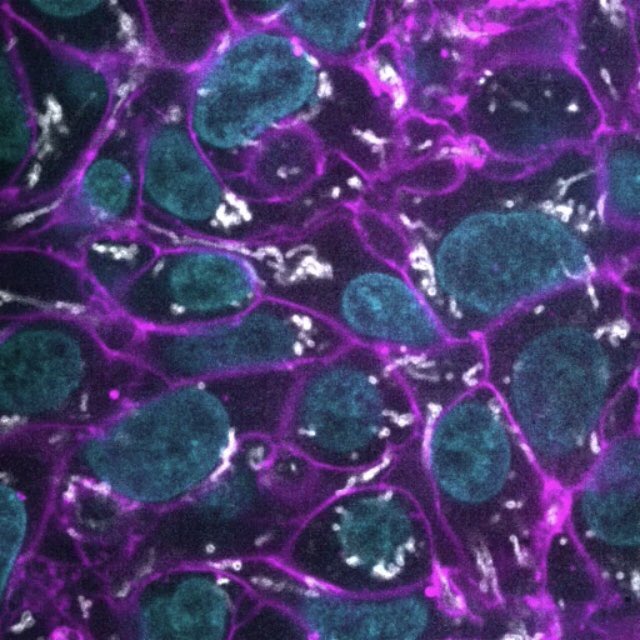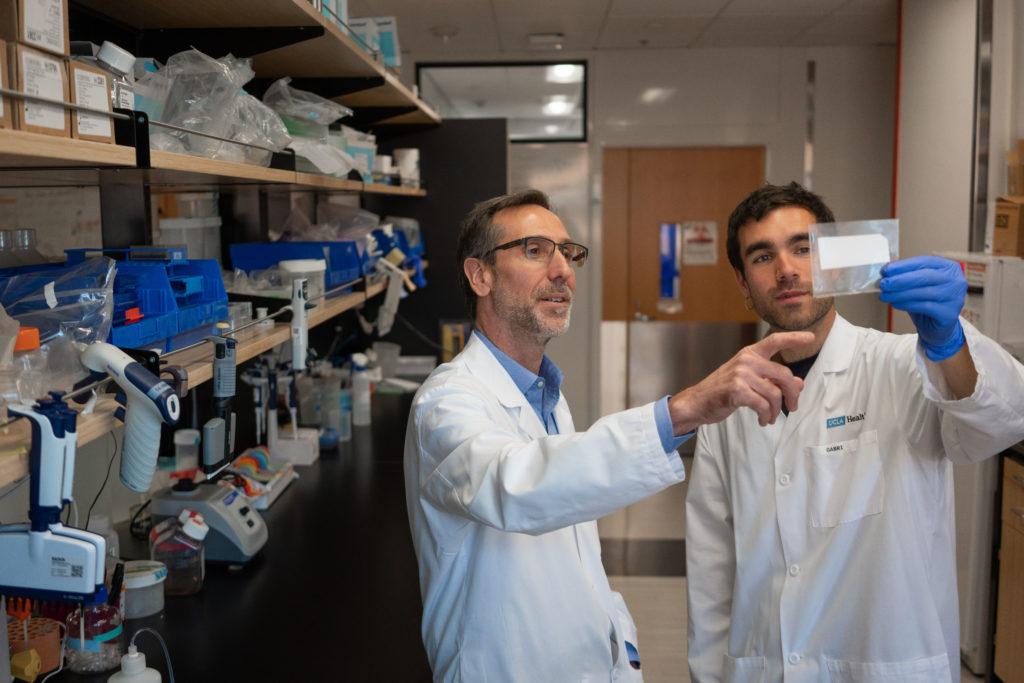By studying how CRISPR-Cas works, scientists can predict and design where these tools modify DNA.
Tag: CRISP/Cas9
Breaking Through with Laboratory Directed Research and Development
Meant to foster innovation, the Department of Energy Office of Science’s Laboratory Directed Research and Development program has supported the development of a number of technologies, including the CRISPR-Cas9 gene editing process.

Diabetes reversed in mice with genetically edited stem cells derived from patients
Researchers at Washington University School of Medicine in St. Louis have used induced pluripotent stem cells produced from the skin of a patient with a rare, genetic form of insulin-dependent diabetes, transformed the stem cells into insulin-producing cells, used the CRISPR gene-editing tool to correct a defect that caused a form of diabetes, and implanted the cells into mice to reverse diabetes in the animals.
Serum Biomarkers, Metabolite Indicators for Kidney Toxicity, Estrogenic Compound Screening, and More Featured in February 2020 Toxicological Sciences
The February 2020 issue of Toxicological Sciences includes cutting-edge research spanning the toxicological field, from molecular, biochemical, and systems toxicology and nanotoxicology to regulatory science, risk assessment, and decision-making.

Allen Institute for Cell Science Extends Agreement with Coriell Institute for Medical Research
The Allen Institute has extended its contract with the Coriell Institute for Medical Research for the storage and distribution of its Allen Cell Collection, a cutting-edge collection of gene-edited human induced pluripotent stem cell lines. This collection was launched in 2016 with five cell lines, and since has grown to include more than 40 lines. The new agreement will continue this relationship for an additional three years.

UCLA study shows inhibition of gene helps overcome resistance to immunotherapy
A new study from scientists at UCLA helps explain why some people with advanced cancer may not respond to one of the leading immunotherapies, PD-1 blockade, and how a new combination approach may help overcome resistance to the immunotherapy drug.